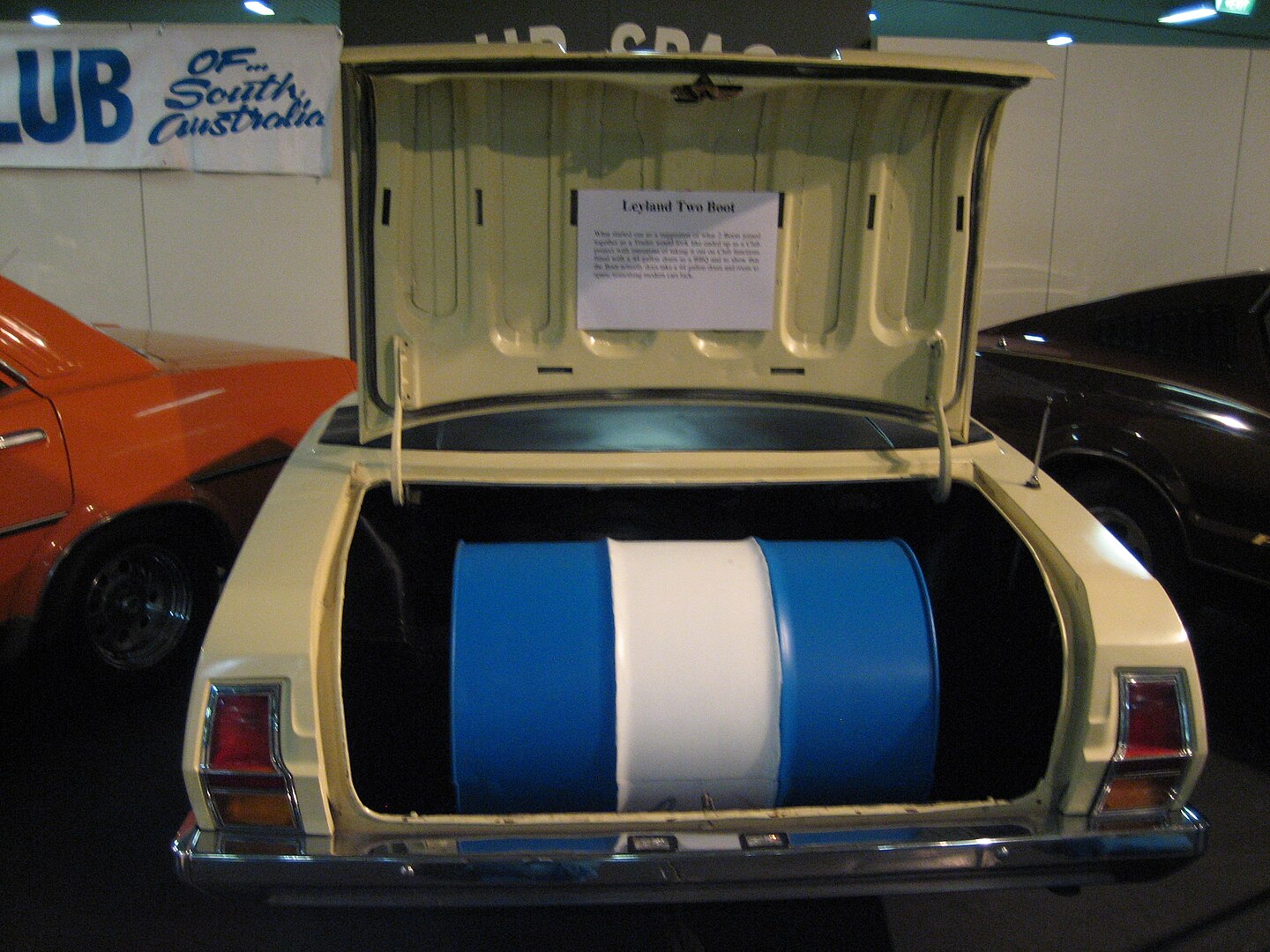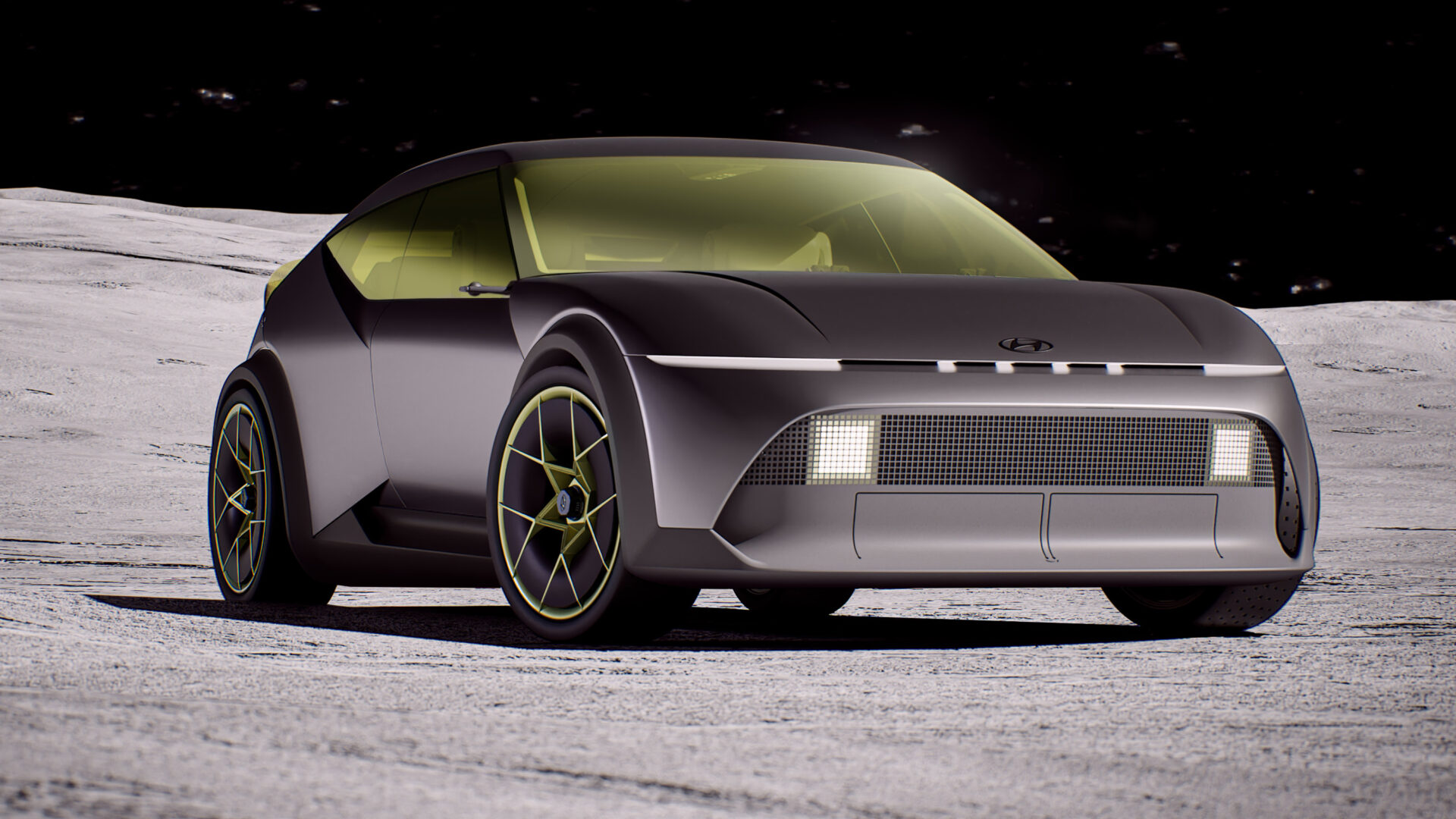Hyundai’s giant-slaying hot hatch has had a facelift and had some surgery, adding a new optional eight-speed gearbox and more grunt.
We’re very, very fond of the i30 N here at The Redline. So fond that we think that it bests the Volkswagen Golf GTI as a driver’s car, which is a massive achievement. The Golf is excellent. The i30 N is excellenter.
But, as ever, things change. The Mk 8 Golf GTI is well on its way and even before that lands the GTI TCR is here to return fire against Hyundai’s runaway hit. Hyundai knows from experience you can’t just stand around and cop it sweet.
The i30 N will continue on in hatch and Fastback, with the latter’s facelift even more subtle.
Look and feel

Looking at it in profile, not a great deal has changed on the i30. It’s the same conservative shape as it ever was and you’ll be hard-pressed to tell it’s the new one. The front end is where all the action is, with new, more aggressive headlights and a big N-badged grille.
Along with the new, sharper headlights come new V-shaped LED driving lights.
Look, it’s not a big facelift, so let’s not get too bogged down in it. The rear end also gets a mild scrub, but the Fastback (not pictured) remains identical.

A mildy revamped interior includes the option to choose lightweight (ahem) N Light seats. These new seats are 2.2kg lighter than the already rather good N seats and are trimmed in Alcantara and look a bit racy. No word yet on the price, but they won’t be cheap.
There is also a new, larger central screen screwed into the dash, with a bunch of new telemetry screens for that extra-special person who wants to know how many gs they pulled at turn three. I mean, I get it, but it’s not for me.
Apart from that, it looks pretty much the same, which is no bad thing although one hopes an unspoken change is an improvement in some of the plastics to at least try and close the gap to VW on the interior quality front.
Drivetrain

The changes are big and small here.
The small changes are in the engine itself. In Australia we only get the Performance version of the i30 N, which means we get the full 206kW, an improvement of 4kW.
More impressively, torque rises by over ten percent to 392Nm, a boost of 39Nm. That should further trouble the Pirelli’s ability to resist axle tramp under hard throttle.
The six-speed manual stays but, much to the happiness of many (including dealers, no doubt), the much-anticipated eight-speed twin clutch transmission is now available.
i30 N 8-speed transmission
This isn’t related to the existing seven-speeder available in the i30 N Line and other turbo-powered Hyundais on the i30 platform (see also Kona). It’s an all-new gearbox, using a wet-clutch system rather than the dry of the seven-speeder.
The eight-speed equipped car obviously has paddle-shifters and three transmission modes – N Grin Shift, N Power Shift and N Track Sense Shift.
The first, whose name I won’t repeat because I ground my teeth enough the first time I typed it, is a sort of party mode where the engine and transmission go bonkers for 20 seconds. There’s even a countdown on the dash to tell you how you’re going and no doubt there’s a cool-down between button presses.
The second puts the transmission into maximum attack when you use more than 90 percent of the throttle, giving you a “push effect” on the upshift.
The third seems a bit vague to me, with the press release saying it “automatically recognises when the road conditions are optimal for dynamic driving, for example on a racetrack, and activates automatically. By selecting the right gear and shift timing, it provides optimal performance, just like a professional race car driver.”
Engine modes
The engine modes stay and again have the silly name – N Grin Control System. Five are on offer – Eco, Normal, Sport, N and N Custom and work on throttle, engine and suspension setup.
The modes also alter the behaviour of the electronic limited-slip diff and the stability and traction systems.
Chassis

Not a great deal to report here. One imagines the detailed work of chassis tuning has continued both here and overseas.
You can specify forged 19-inch alloys which are 14.4kg lighter than the standard wheels. If you choose those, you also get specific, red-painted brake calipers.
The electronic dampers stay, of course, and as already mentioned, change stiffness based on the mode selected.
The front brakes are also larger for 2021, with an increase of 15mm to 360mm. That’s always welcome in such a fast car.
Safety upgrades
Hyundai has thrown a few more bits and pieces into the safety box, but it’s a bit complicated.
No matter which combination you pick, the forward AEB system now has pedestrian detection and you also get lane following assist (LFA).
Only the hatch gets blind-spot collision warning and rear-cross traffic alert.
If you get a DCT hatch, you get blind spot collision avoidance assist and rear cross traffic collision avoidance (which is basically rear AEB).
No idea why Fastback buyers are ripped off here or why manual drivers miss out on a couple of bits, but I’m pretty sure I know what the excuse will be.
How much and when?

We can expect the 2021 Hyundai i30 N in Australia in the first half of 2021, which isn’t too far away. Hyundai hasn’t said what the price will be, but you can bet it will a) go up b) but probably not by much.
The eight-speed will be a game-changer for the i30 N, attracting a crap-ton more buyers who would otherwise go Golf GTI DSG or Focus ST auto. Or even Megane.




Leave a Reply